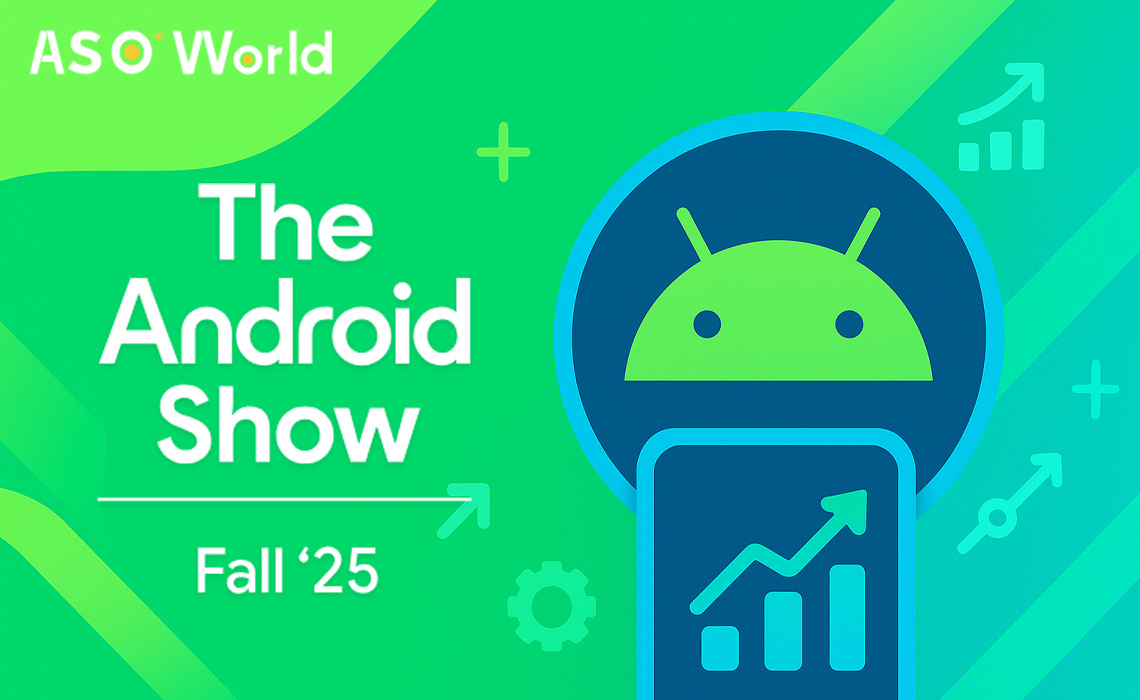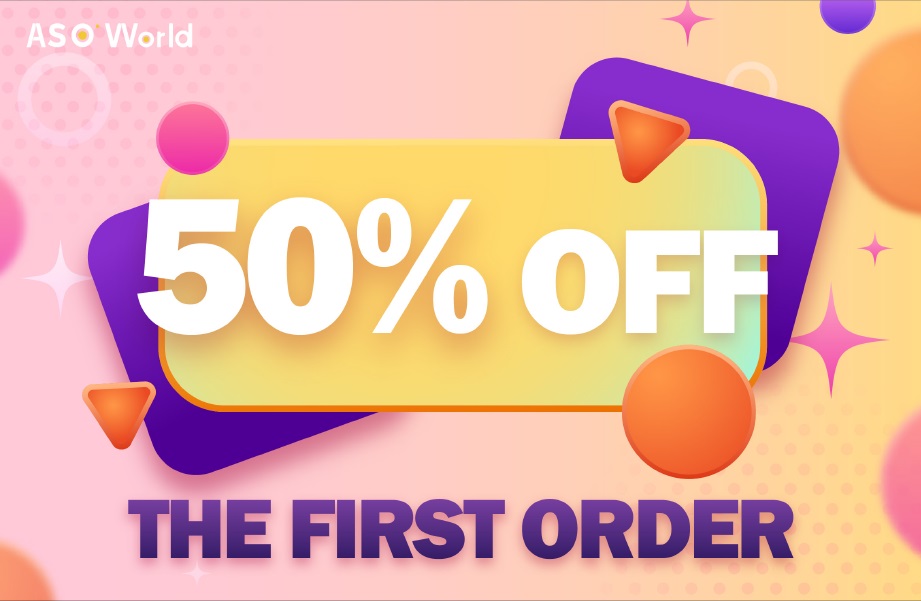New Compliance Requirements for Social Media Apps Under Australia’s Under-16 Ban






A comprehensive Autumn 2025 Android Show recap featuring practical ASO and app-marketing guidance, covering on-device AI, Firebase image APIs, Android XR, Nav3, and the latest Play Console enhancements.

1. Prompt API (Alpha) — shape Gemini Nano outputs on-device or in the cloud.
Developers can pass any prompt to Gemini Nano to build lightweight, on-device generative AI features where user data remains on the device.
2. Firebase AI Logic + cloud image models (Nano Banana / Imagen) — image generation & mask editing via Firebase.
Cloud options for image generation and mask-based editing are available through the Firebase SDK / AI Logic, with Gemini 2.5 Flash Image ("Nano Banana") supported.
3. Agentic experiences in Android Studio (Agent Mode, project assistant, bring-your-own-LLM).
Android Studio introduces agentic workflows (plan + execute across files), tooling that can cross-reference documentation, and support for third-party LLMs to power developer-assist features.
4. New Android LLM benchmark / task set for Android development.
Google is assembling a task set from real GitHub Android PRs to evaluate LLMs on realistic Android engineering tasks. Results will be published at a later date.
5. First Android XR device — Samsung Galaxy XR (Android XR platform).
Samsung has launched the Galaxy XR as the first Android XR headset; Android XR leverages familiar Android frameworks and the Jetpack XR SDK for porting and adapting apps.
6. Jetpack Navigation 3 (Nav3) moves to beta — Compose-first navigation.
Nav3 is now in beta, designed for Compose state management and adaptive UI patterns.
7. Play Console & growth tooling enhancements — AI summaries, pre-release checks, localisation automation.
The Play Console dashboard is being reimagined with goal-oriented metrics, AI analytics summaries, pre-release deep-link validation and AI-powered strings localisation.
On-device models (Gemini Nano + Prompt API) and cloud options (Nano Banana / Imagen via Firebase) provide flexible deployment choices: low-latency, privacy-friendly on-device experiences for premium use cases, and cloud for heavier multimodal generation.
AI features are now meaningful differentiators in store listings. Feature pages, screenshots and demo videos that demonstrate AI-driven UX (instant summaries, voice→structured review, dynamic image personalisation) can improve conversion and user retention.
Marketers should add clear copy and visual proof that explains the value (for example, “Auto-summarised receipts in one tap”, “Generate customised stickers from photos”) — and A/B test which AI benefit drives installs.
The Prompt API makes it feasible to build richer local assistant flows where user data remains on the device.
Privacy-first AI can be a compelling acquisition claim for privacy-sensitive categories (finance, health, messaging). Add privacy and latency claims in the metadata and marketing copy, and use feature badges in Play Store creatives to highlight “on-device AI” where appropriate. Consider localised descriptions that emphasise language support and on-device responsiveness.
Agent Mode and Android Studio’s agentic features reduce development time (case studies citing significant dev time savings).
Faster development cycles mean faster experiments. Plan shorter release cadences for metadata A/B tests, run more frequent creative and localised text experiments, and pipeline quick feature promotions (in-app messages, short videos).
Teams adopting agentic tooling can test CTA and description variants faster — treat that as a competitive edge.
Android XR and the Galaxy XR create a native XR platform with the Jetpack XR SDK to adapt existing apps. The Galaxy XR launch signals hardware availability and ecosystem momentum.
XR opens new user acquisition funnels (Play Store XR categories, curated XR collections, immersive demo experiences). For apps with strong visual or spatial value (fitness, meditation, home design, video), plan XR-adapted experiences that can be promoted as premium / XR versions.
App listings should include XR screenshots, short immersive videos, and clear value statements explaining why XR matters (for example, “Immersive classes with spatial audio”).
Image generation APIs and mask editing enable personalised visual content at scale.
Use AI to create localised creative sets and dynamic screenshots for A/B tests. However, monitor Play Store policy on synthetic content and ensure generated images do not infringe trademarks or breach user privacy. Leverage generated assets for experiment variants — but always retain human oversight for final approval.
Nav3’s Compose-native patterns change navigation architecture and state handling.
App stability and perceived polish affect conversion and reviews. Migration to Nav3 / Compose can reduce UI bugs and lead to smoother user journeys, which in turn supports better retention and improved store-listing conversion rates. Plan migration as part of quality sprints aligned with marketing windows to avoid regressions during major campaigns.
AI summaries, localisation automation and pre-release checks are being integrated into the Play Console.
Use AI summaries to speed post-release analysis (shortlist actionable issues) and free up time for creative experimentation.
However, validate AI recommendations with human review for localisation nuances and cultural fit.

The Autumn 2025 Android Show underlines a platform-level transition: AI across device and cloud, tooling that raises developer productivity, and a new XR platform opening a distinct distribution channel.
For app teams, the immediate priorities are to surface AI and XR capabilities clearly in store listings, use AI for faster creative experiments while managing compliance, and align engineering roadmaps (Nav3, on-device prompts) with marketing windows.
Get FREE Optimization Consultation
Let's Grow Your App & Get Massive Traffic!
All content, layout and frame code of all ASOWorld blog sections belong to the original content and technical team, all reproduction and references need to indicate the source and link in the obvious position, otherwise legal responsibility will be pursued.